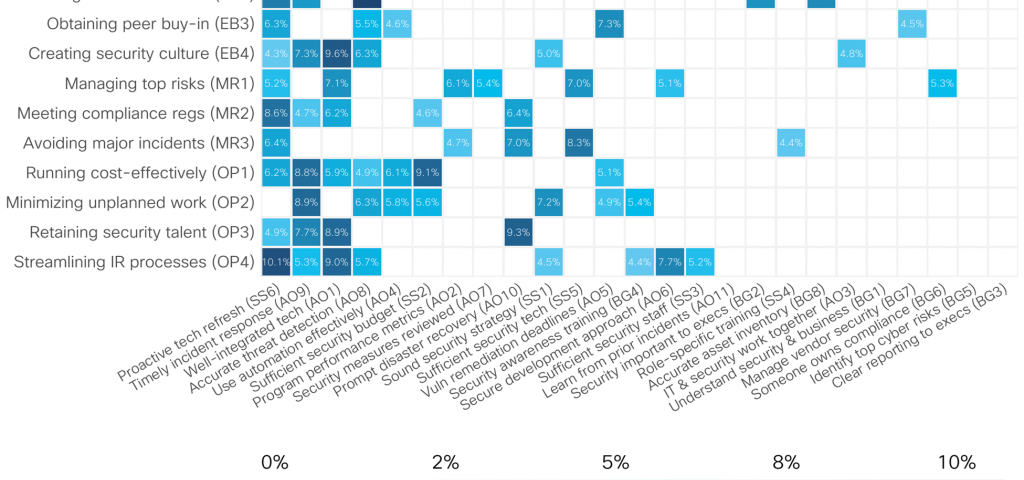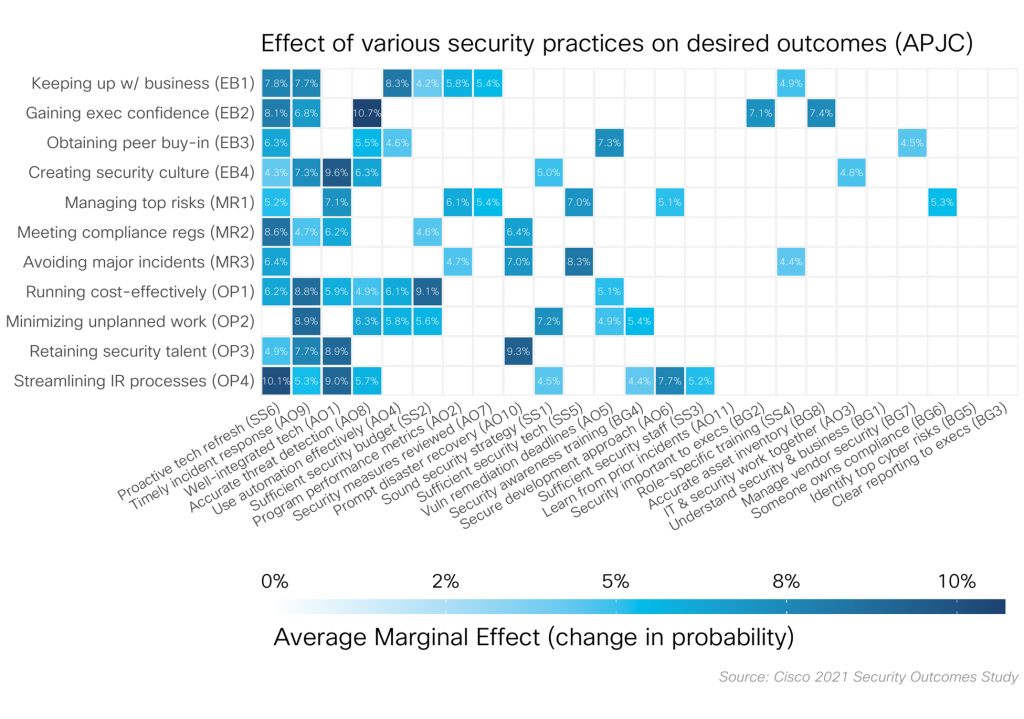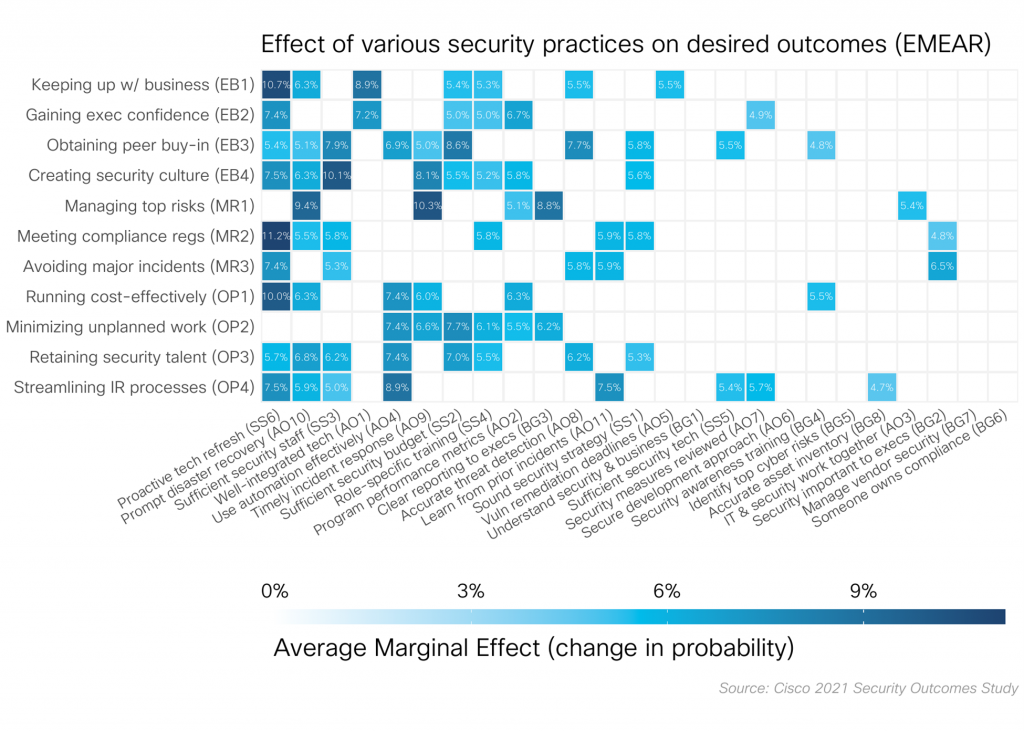
Radiant Logic Inc. – Technology Integrations
January 6, 2021A Deep Dive into Lokibot Infection Chain
January 6, 2021Security Outcomes Report: Top Findings from Around the World

The Security Outcomes Study has been out for a few weeks now and I’ve had time to sit back and read it over with coffee in hand. The report empirically measures what factors drive the best security outcomes. The part that really caught me from the outset was the fact that this was based on a survey wherein the respondents didn’t in fact know that it was for Cisco. I think this is a point that absolutely must be highlighted right from the beginning. It was interesting to look at how the respondents set themselves apart from each other when a geographic lens was focused on the collected data.
To be quite clear, there were many similarities between the different regions around the world. Whether in APJC, EMEAR or the Americas it showed that there is in fact a significant push towards technology refresh in every region. The study shows a significant improvement in security when organizations have a proactive approach to refreshing their IT and security technology. This makes sense because rather than continuing to operate on systems and software that may be deprecated, the study shows that by creating refresh projects, organizations could mitigate a significant amount of security issues that had been lingering for a multitude of reasons. This helped organizations to alleviate some of the accumulated security debt.
To explore how organizations in different countries and regions are successfully achieving each security outcome, visit cisco.com/go/SecurityOutcomes.
Now as we break out into different regions, we see that the priorities tend to diverge. When we look at the data collected from APJC we see that some of the focal points (the squares in the matrix with the darkest shades of blue) such as building executive confidence on threat detection so as to secure more budget are a challenge. This is the top-rated point for the survey from respondents in Asia for this report.
The data from EMEAR however shows an increase in focus on proactive tech refresh for the goals of satisfying meeting compliance regulations. Here too, as we see in APJC, that cost effectiveness is also important. Timely incident response also registers high on the ranking for working to manage the top security risks facing organizations. The top listed data point for the EMEAR is hands down on working to meet compliance regulations at 11.2%.
Now as we shift our discussion to the Americas, we see that the priorities shift. In contrast to APCJ and EMEAR regions, for the Americas this doesn’t register in the data as it pertains to threat detection and security budgeting. There are two items that leap off the page are for priorities in the Americas. First is a focus on running a cost-effective shop with well-integrated technology. The second point which ranks highest overall is the need to retain security talent to help manage the well-integrated technology deployments.
This survey was a bit of an eye opener for me personally as I did not expect that a proactive technology refresh program would be as much of a focus for organizations as it is. However, it does make sense. To help manage the accrual of security debt a tech refresh program will go a long way to helping to alleviate the issues introduced by risk management that has not been able to close out issues.
This was really rather amazing reading for a survey driven study and my hat is off to the team who drove this project and the incredible insights that it provides, not only from a sheer statistical point of view but also from the perspective of a regional break out.
Additional Resources:
- Access the full Cisco 2021 Security Outcomes Study
- A blog series with more relevant information as we continue to analyze the data
- Regions and verticals specific companion reports




